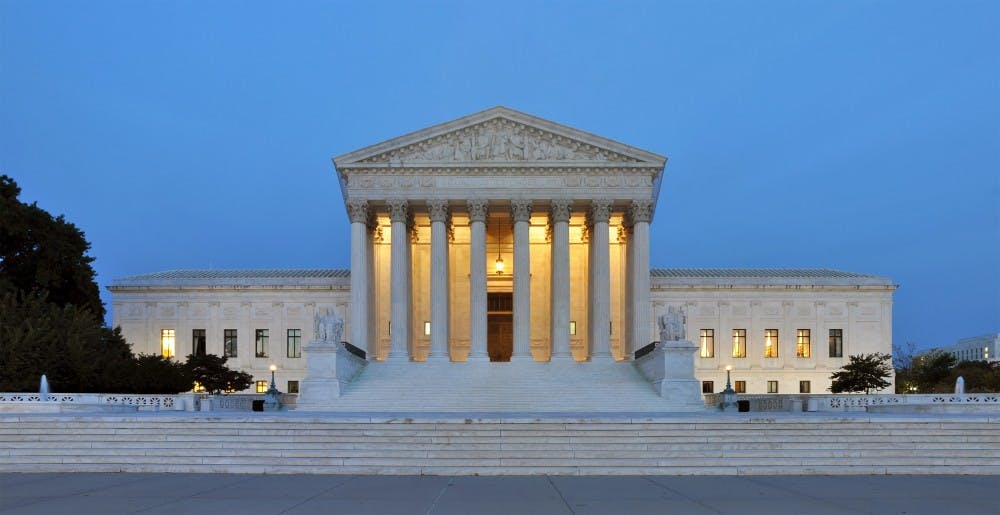In an Oct. 16 opinion piece, Zachariah Sippy ’22 argues that in response to the confirmation of Justice Kavanaugh and its implications for the ideological balance of the Supreme Court, the Democrats — whenever they manage to regain control of Congress and the presidency — ought to add two more justices to the bench.
While this proposition might reinvigorate the throngs of Democrats who unsuccessfully opposed Kavanaugh’s nomination, it is even less likely than the dubious chance of Kavanaugh’s impeachment and conviction.
The trouble with expanding the Supreme Court in such a manner is not whether the Democrats will eventually have the power to do so (for they surely will), but rather it is the risks that accompany politicizing the Court — beyond the already melodramatic confirmation process — due to the ever-changing Democrat-Republican power balance.
Overtly partisan court packing is an immodest and shortsighted strategy, and its advantages are likely negligible once the opposition party regains control. At that point, the outgoing party’s seats on the Court would be subject to the hostile designs of the incoming party. Beyond adding justices to achieve a simple majority, attempting to engage the rare impeachment and the yet-to-be-seen conviction of justices could become more common, assuming sufficient numbers in Congress. After all, if Supreme Court appointments became widely viewed and utilized as little more than an instrument of a party’s power without public pressure to preserve the integrity of the Court, the opposition would be foolish to restrain itself in respecting the dead notion of an independent Court whenever it became the ruling party.
In recognizing the futility of impeaching and convicting Kavanaugh, Sippy’s tone betrays his disappointment that the “obvious remedy” is not yet ripe. Of course, if enacted, court packing would alter the perception of the relationship between politics and the Court so that other patently political manipulations of the Court’s composition would become acceptable, at least intellectually if not also practically.
However reconstituted — be it through a spate of impeachments and convictions, additions of still more loyal justices, or some combination of the two — the Court would then have the (dis)pleasure of hearing relitigated issues of political significance.
At its best, packing the Court as Sippy proposes would be an ineffective tactic for political victories and would force the justices to increasingly consider rehashed disputes. At its worst, introducing political wrangling into the composition of the Court itself would make that august body appear truly “illegitimate,” to borrow a word from Sippy, not because of any particular perception of its ideology but because of the inconsistency in its decisions that would issue from the intimate connection of its members to a dynamic electoral process. Although Sippy tells us that “[t]he Roberts Court ... has been in the business of legislation, not jurisprudence” and implies it therefore deserves the addition of liberal justices, the analysis is blinkered. How do we know when the Court is being political? Naturally, when we disagree with the outcomes of its decisions! But if the Democrats ever implement partisan court packing, the Court will no longer be seen as political or legitimate depending on outcomes. Rather, the Court’s illegitimacy, by the way the ruling party manipulates it, will be a truth widely understood.
Josef Valle is a senior history concentrator from Lexington, Ky. He can be reached at jsvalle@princeton.edu.








